New high-resolution images captured by the SOFIA airborne telescope have given scientists the first clear view of a massive star-forming region here in the Milky Way, including an expanding bubble of gas. Plus, finding Earth-like exoplanets, detecting life on Earth, and this week’s What’s Up, featuring the Messier Catalogue.
Podcast
Transcript
Hello and welcome to the Daily Space. I am your host Dr. Pamela Gay.
And I am here to put science in your brain.
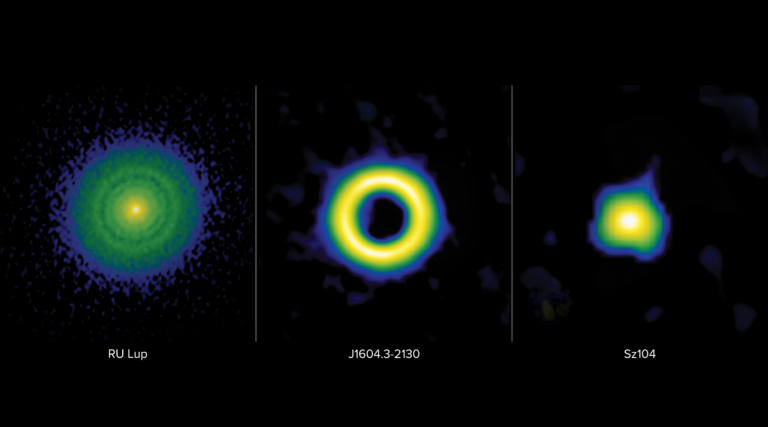
Occasionally in science, we get results that just make sense; this is one of those stories. Researchers using the Atacama Large Millimeter/submillimeter Array (ALMA) have found that not only do large stars tend to form more large planets than small stars, but you can see these future giants as large gaps in planet-forming disks.
In this study, which is published in The Astrophysical Journal and led by Nienke van der Marel, researchers looked at more than 500 young stars. Van der Marel explains: Higher mass stars have relatively more disks with gaps than lower mass stars, consistent with the already known correlations in exoplanets, where higher mass stars more often host gas-giant exoplanets. These correlations directly tell us that gaps in planet-forming disks are most likely caused by giant planets of Neptune mass and above. Lower mass stars have more rocky Super-Earths—between an Earth mass and a Neptune mass. Disks without gaps, which are more compact, lead to the formation of Super-Earths.
So there you have it – giant stars with bigger disks form more and larger planets. Just this once, the universe makes sense, and it kind of feels like physics threw us a freebie.
While the sizes and places that planets form make sense, the next bit in their evolution gets a bit weird. In looking at planets going around stars, we see different sizes of planets around young stars than around old stars. This doesn’t seem to be a “stars used to make smaller planets” problem. This seems to be “planets, unlike people, lose mass as they enter middle age”.
In general, it’s been known since 2017 that there is a lack of planets between 1.5 and 2 times the size of the Earth. In a new study published in The Astronomical Journal and led by Trevor David, researchers looked at 1,400 planets whose host stars had ages between 500 million and twelve billion years. These ages weren’t known to a high degree of accuracy, so researchers looked at planets belonging to stars younger than a couple of billion years and stars older than 2-3 years.
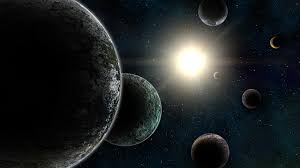
Side note: our solar system counts as old for the purposes of this study.
Looking at these two bins of young and old stars, with their correspondingly younger and older planets, they found that planets in older systems tended to be 5% smaller on average. Along the way, planets actually change what kind of a planet they are. Ice giants like Neptune, which is roughly four times Earth’s radius, seem to lose their massive atmospheres and leave behind terrestrial worlds that are much much closer in size to Earth. Exactly how this happens is something still being determined. It could be related to the stellar activity that boils off atmospheres, the cooling of planetary cores that causes magnetic fields to shut down and atmospheres to be lost in normal stellar winds, or something entirely different or all of the above.
What intrigues me the most about this research is it seems to hint that all these massive hot Jupiters we’re seeing next to their stars could one day become what we call terrestrial worlds. It also makes me wonder: just how did Mercury start? And how will Jupiter and other gas giants end when one day our Sun bloats up and blasts our solar system with its shedding atmosphere?
Understanding how planets evolve over billions of years is cool, but as humans who’ve only been around for hundreds of thousands of years, we tend to think on shorter timescales and to think a bit more selfishly about things like how we can prevent ourselves from going the way of the dinosaurs.
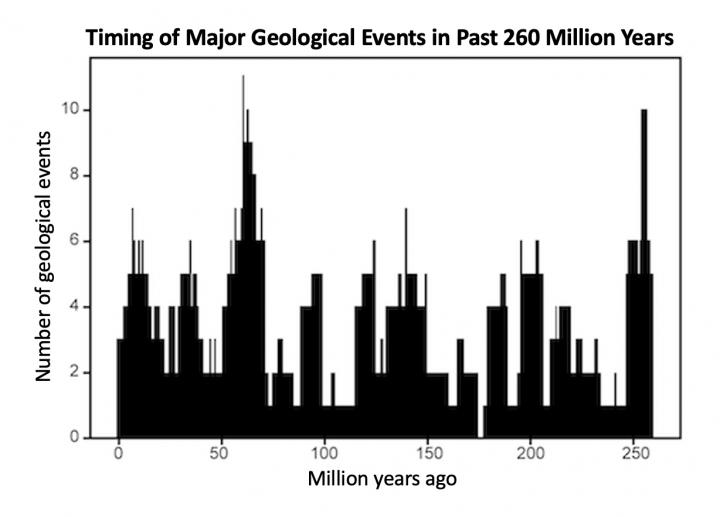
Geologists, paleontologists, and others who study the history of our planet as told by rocks and bones have identified numerous times in our planet’s history when there are massive die-offs. It had initially been thought that these extinction events were randomly occurring, but in new research appearing in Geoscience Frontiers and done by Michael R. Rampino, Ken Caldeira, and Yuhong Zhu, this team finds that global scale destructive geologic events occur on a 27.5 million year scale, with the most recent set of events occurring about seven million years ago. This both means we’re safe for another twenty-some-odd million years and that the last event was far enough back in time to be hard to study. They also found some evidence for a shorter period of nine to ten million years.
In total, they examined 89 major geologic events over the last 260 million years. According to their paper: These events include times of marine and non-marine extinctions, major ocean-anoxic events, continental flood-basalt eruptions, sea-level fluctuations, global pulses of intraplate magmatism, and times of changes in seafloor-spreading rates and plate reorganizations.
When trying to identify why this is happening, they added: These cyclic pulses of tectonics and climate change may be the result of geophysical processes related to the dynamics of plate tectonics and mantle plumes, or might alternatively be paced by astronomical cycles associated with the Earth’s motions in the Solar System and the Galaxy.
This is basically a fancy way of saying we don’t know if this destruction is triggered from inside the planet or from something out there beyond our atmosphere. Again, we have twenty million or so years to figure this out.
Everything we study about our planet, our solar system, and even exoplanets seems to come back to one big question: Are we alone? It’s a huge question, really. Perseverance is looking for evidence that Mars had life. Phosphine was in the news last year because it could have been a biological marker for Venus. Europa Clipper is in the works, with teams meeting this week to discuss the instruments and science objectives, one of which is to look for molecular signs of life in the geysers. And Kepler, wonderful Kepler, its mission was not to hunt for exoplanets. No, its mission was to find Earth-like planets in the habitable zones of their stars.
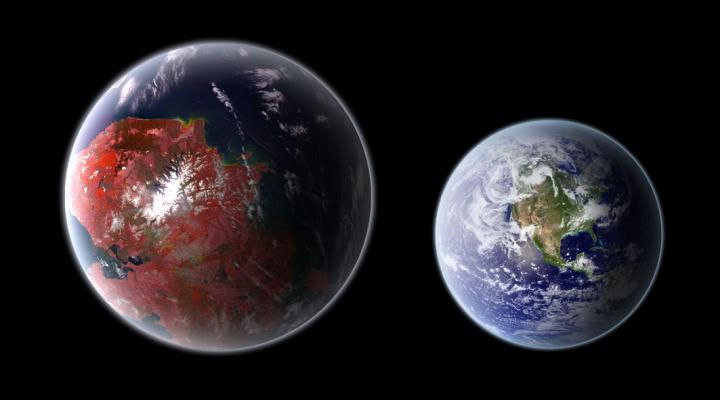
Today, we have found over 4000 exoplanets. We still haven’t found that Earth 2.0 everyone is looking for, though. Sure, there are planets about the size of Earth. There are planets in the habitable zone. But the stars are too active, the planets too big, or some combination of the two. Nothing seems to fit just right. And it could be that finding that Earth-like planet may be even harder than we originally thought.
In a new study published in the Monthly Notices of the Royal Astronomical Society, scientists examined how much energy planets receive from their host stars and if there was enough energy available for biological life to process using oxygen-based photosynthesis. Some plants and animals here on Earth use the radiation from the Sun to turn carbon dioxide and water into fuel, but to have carbon dioxide, you need oxygen already in place. The results were not encouraging.
Per the press release: Planets around even cooler stars known as red dwarfs, which smolder at roughly a third of our Sun’s temperature, could not receive enough energy to even activate photosynthesis. Stars that are hotter than our Sun are much brighter, and emit up to ten times more radiation in the necessary range for effective photosynthesis than red dwarfs, however generally do not live long enough for complex life to evolve.
A lot of researchers were holding out hope that red dwarf stars, which are the most common type of star in the Milky Way, would be great places to harbor life. This new research actually narrows the exoplanet window we should be looking in. On the one hand, it’s a smaller window. On the other hand, we can focus the search a little better than we could before.
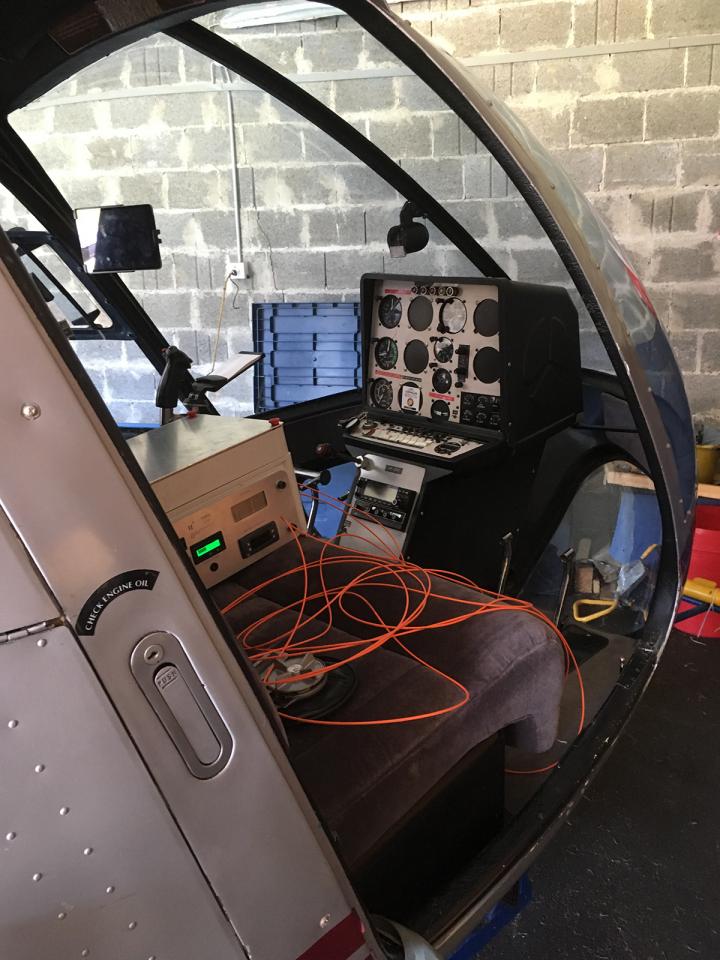
Of course, once you get beyond the “where do we look for life” part of the question, the next piece is “how do we detect that life?”. In what I think is groundbreaking research, a team of scientists used a helicopter flying at 70 kilometers per hour at a distance of two kilometers above the ground to detect signatures of life here on Earth. And they found them. In fact, they were able to tell the difference between fields, forests, and urban areas.
First author Lucas Patty explains: When light is reflected by biological matter, a part of the light’s electromagnetic waves will travel in either clockwise or counterclockwise spirals. This phenomenon is called circular polarization and is caused by the biological matter’s homochirality. Similar spirals of light are not produced by abiotic non-living nature.
A note about the term homochirality: chirality is the property of handedness — left-handed or right-handed. We use this term in biology, and particularly in molecular biology, to describe the way molecules, like that of DNA, occur. Except, unlike hands, in molecules, the handedness is either left or right not paired. And that handedness, or chirality, can be used as a biosignature.
And this team found that signature from a moving helicopter. Now we can use their technology to engineer systems that could be on spacecraft, and first up, they’re working on adapting it for the International Space Station (ISS). I’m excited to follow where this research goes.
One final story on detecting life. In new research published in Nature, scientists have released data on which star systems could detect life on Earth if they had intelligent species with the right technology. Within a distance of 326 light-years, there are over 2,000 star systems that have had just the right vantage point. And in the next 5,000 years, more than 300 star systems will be added to that list as everything orbits within the Milky Way.
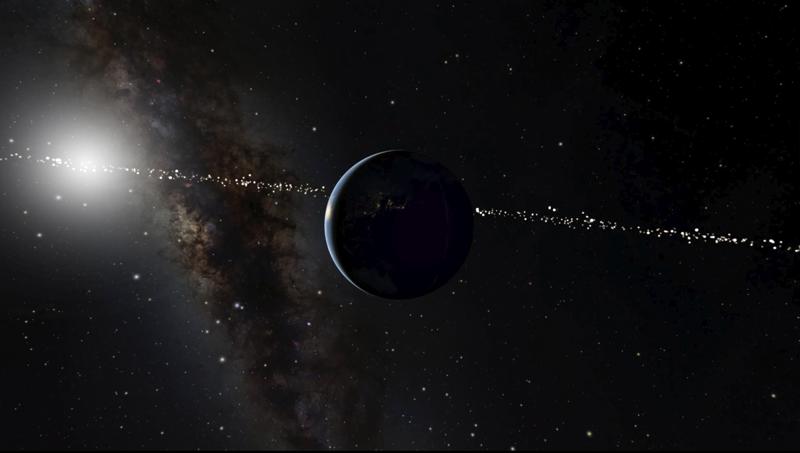
The press release explains that the team “used positions and motions from the European Space Agency’s Gaia eDR3 catalog to determine which stars enter and exit the Earth Transit Zone – and for how long.” Within that catalog of systems are seven known to host exoplanets, and one of the ones that will get to that point — in about 1,600 years — is the Trappist-1 system.
Study co-author Jackie Faherty leaves us with this thought: One might imagine that worlds beyond Earth that have already detected us are making the same plans for our planet and solar system. This catalog is an intriguing thought experiment for which one of our neighbors might be able to find us.
The SOFIA airborne observatory has released a stunning new image of the star-forming region RCW 49. If you are listening to this episode as a podcast, I want you to stop what you’re doing, unless of course you’re driving, and click to our website, DailySpace.org, to look at this image. Our universe is more beautiful than any sci-fi artist of times gone by ever imagined, and our ability to take this image is straight out of science fiction.
SOFIA is an airplane – an old 747 – that has a door cut out of its side that can be opened when the plane is at altitude to allow a telescope to be pointed skyward. This telescope, which sees the universe in colors that lower levels of our atmosphere generally block, has to compensate for any vibrations in the plane and track the sky in a way that both compensates for the Earth’s rotation and the plane’s motion. That is a lot to ask of a mechanical system, but SOFIA’s tracker is able to do all that and more.
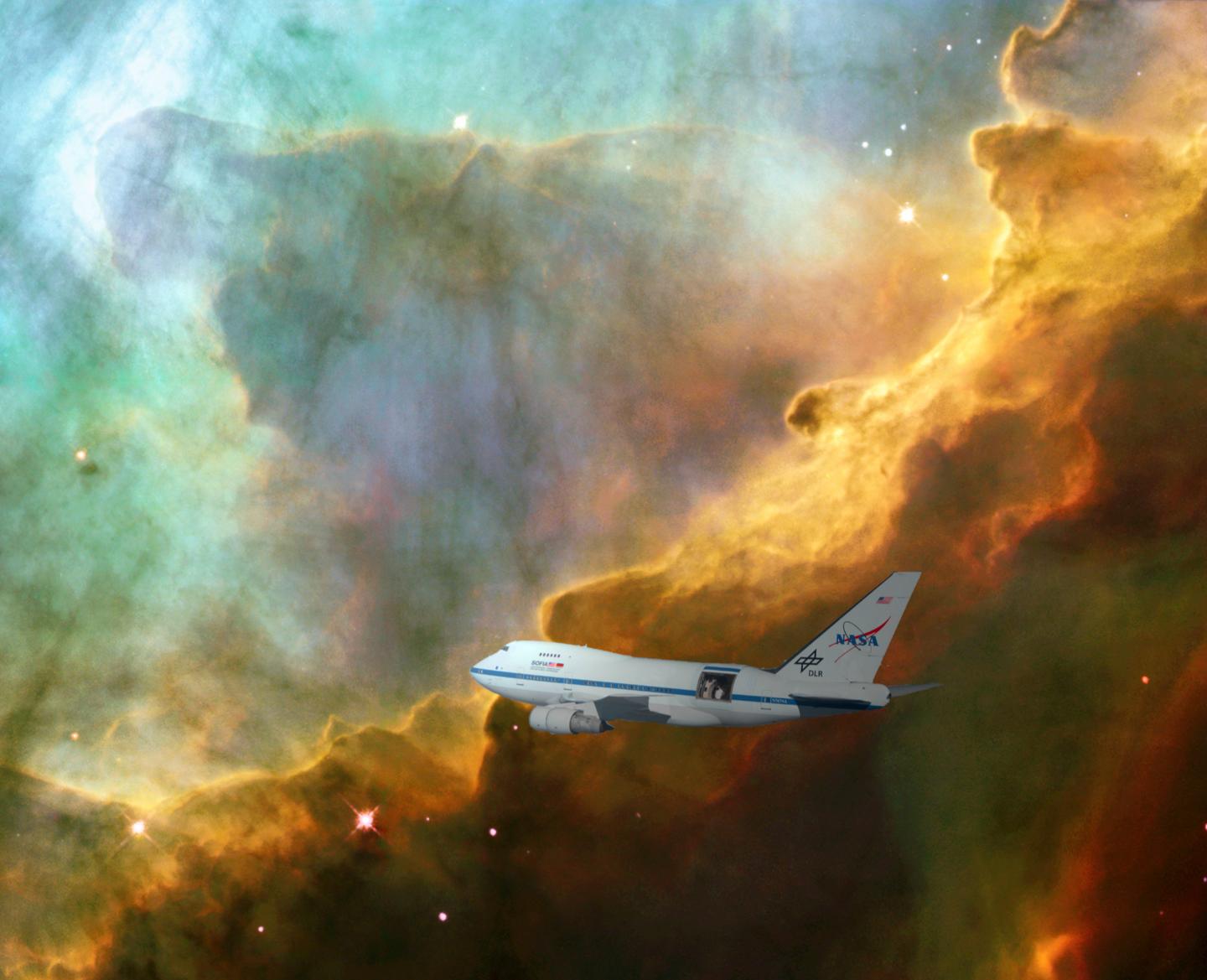
From the ground, this region doesn’t really look like much to the eye, but to the brain of an astronomer, it is a massive star-forming region, and while it is very young, it is old enough that its largest stars have formed, and one or some of them have started blowing bubbles in the surrounding gas. To figure out exactly what was going on, images sensitive to the cool light given off by cool gas needed to be obtained, and that meant using SOFIA.
According to study lead author Maitraiyee Tiwari: When massive stars form, they blow off much stronger ejections of protons, electrons, and atoms of heavy metal, compared to our sun. These ejections are called stellar winds, and extreme stellar winds are capable of blowing and shaping bubbles in the surrounding clouds of cold, dense gas. We observed just such a bubble centered around the brightest cluster of stars in this region of the galaxy, and we were able to measure its radius, mass, and the speed at which it is expanding.
To make these observations, they looked specifically at the light from different kinds of atoms and at how that light indicates the atoms are moving. Tiwari goes on to explain: We saw that the expansion of the bubble surrounding Westerlund 2 was reaccelerated by winds from another very massive star, and that started the process of expansion and star formation all over again. This suggests stars will continue to be born in this shell for a long time, but as this process goes on, the new stars will become less and less massive.
While the universe may not be turtles all the way down, clusters of stars may be built on shells of stellar wind, making it star shells all the way down through time.
What’s Up
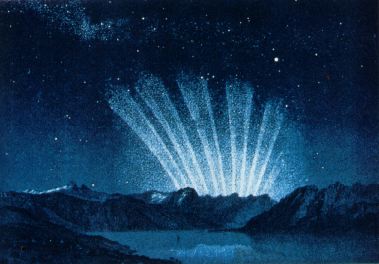
On June 26, the man responsible for one of my greatest astronomical confusions was born in 1730. That man was Charles Messier, the son of a well-to-do French family who, like many of us, fell in love with astronomy as a teen. In 1744, Messier was thirteen when the sixth brightest comet in recorded history made a dramatic display. After passing the Sun, this object grew six tails and was temporarily bright enough to be seen during the day. Exactly why the comet had six tails is a bit mysterious (this is not normal behavior), and the young Messier was inspired by this weirdness in the sky to keep looking up.
In 1748, when he was eighteen, he was also given the opportunity to see an annular eclipse of the Sun. From there, it wouldn’t be long before Messier secured a position with the French Navel astronomer Joseph Delisle and was put to work as an observer. Records of the 1752 passage of Mercury in front of the Sun were in fact recorded by him. As part of his work, he was able to discover thirteen different comets which is an amazing accomplishment even today for people not doing automated surveys.
Making this list of discoveries even more amazing is how he did it: Messier was using a 100-millimeter telescope on the roof of the Hotel de Cluny in downtown Paris. While light pollution wasn’t what it is today, it still existed, and it was combined with the air pollution of cook fires, coal fires, and all other manners of things burning.
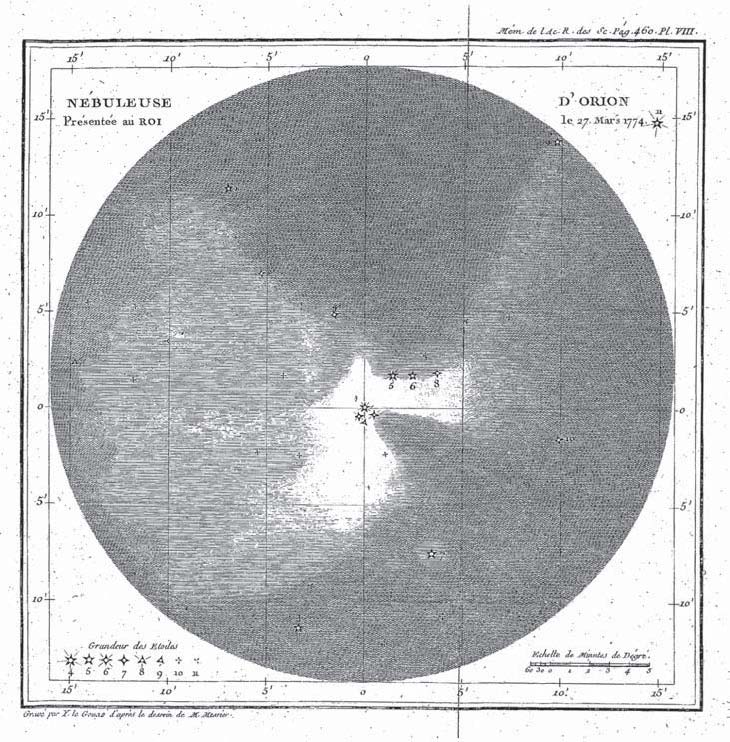
In that size telescope, most comets would appear as nothing more than an asymmetrical fuzzy blob with the tail making the blob a bit more teardrop-shaped than round. Unfortunately, there are a lot of things that look that way that aren’t comets. While seeking out comets, Messier got in the habit of cataloging those fuzzy blobs, noting their positions, and sketching their appearance so he could recognize them the next time they tried to confuse him.
And this is where my greatest astronomical misunderstanding comes into play.
As a nerdy kid without a lot of astronomy television shows to watch or adults to listen to, I did a whole lot of reading on my own. For those of you who don’t know how to spell French names, Messier is spelled just how you would spell messier, as in that object in the sky is messier looking than that other one. When I was in middle school or so, I was given a book of Charles Messier’s more than one hundred objects that might be mistaken for comets, using a 100-mm telescope from downtown Paris in the 1700s. That book’s cover, like Stephen O’Meara’s much more recent book, said in large letters “The Messier Objects”, and it wasn’t until college that I learned this wasn’t actually a catalog of things that looked like a hot mess in the sky but rather a catalog made by a man named Charles Messier.
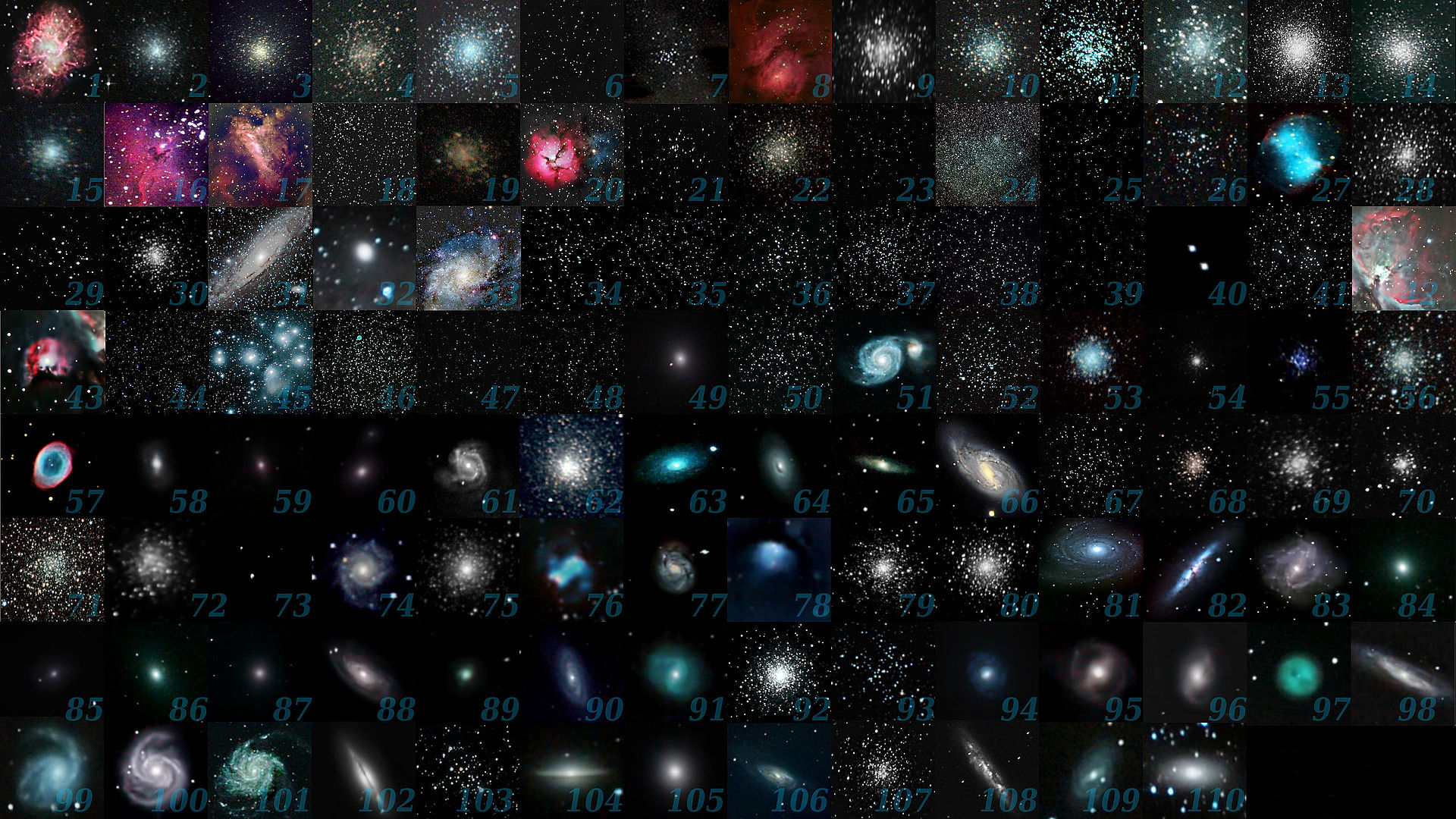
The objects in the Messier Catalogue, often simply referred to with codes like M45 or M101, are the largest and brightest nebulae, star clusters, and galaxies visible in the northern hemisphere. Most can be seen with binoculars, and a few can even be seen by the unaided eye if you know exactly where to look. This includes the nearby Andromeda Galaxy, which is also M31, and the Orion Nebula, M42.
The best time of year to observe Messier’s entire catalog is mid-March when the nights are reasonably long and the entire catalog crams itself into the nighttime sky between dusk and dawn. This is not to say everything will be good to view: You will have to look at some objects near the horizon where they will look blurrier. Instead of trying to observe everything all at once, I recommend looking at a few each clear night. The Royal Astronomical Society’s Astronomical Calendar has lists of when it is best to observe each. We will be reviewing this book in more detail tomorrow, so come back to learn more about one of the best ways to figure out what to look at each night.
For now, though, this has been the Daily Space.
Learn More
Planets Form Gaps in Stellar Disks as They Form
- NRAO press release
- “A stellar mass dependence of structured disks: a possible link with exoplanet demographics,” Nienke van der Marel and Gijs Mulders, to be published in The Astronomical Journal (preprint on arxiv.org)
Planet Sizes Change With Age
- Gap in Exoplanet Size Shifts with Age (Eos)
- “Evolution of the Exoplanet Size Distribution: Forming Large Super-Earths Over Billions of Years,” Trevor J. David et al., 2021 May 14, The Astronomical Journal
Earth Has 27.5-Million-Year Cycle of Destruction
- NYU press release
- “A pulse of the Earth: A 27.5-Myr underlying cycle in coordinated geological events over the last 260 Myr,” Michael R. Rampino, Ken Caldeira, and Yuhong Zhu, 2021 June 17, Geoscience Frontiers
Earth-like Conditions Rarer Than Previously Thought
- RAS press release
- “Efficiency of the oxygenic photosynthesis on Earth-like planets in the habitable zone,” Giovanni Covone, Riccardo M Ienco, Luca Cacciapuoti, and Laura Inno, 2021 May 19, Monthly Notices of the Royal Astronomical Society
Helicopter Used to Detect Life on Earth
- University of Bern press release
- “Biosignatures of the Earth I. Airborne spectropolarimetric detection of photosynthetic life,” C. H. L. Patty et al., to be published in Astronomy & Astrophysics (preprint on arxiv.org)
Over 2000 Nearby Star Systems Could Detect Earth
- Cornell University press release
- “Past, present and future stars that can see Earth as a transiting exoplanet,” L. Kaltenegger and J. K. Faherty, 2021 June 23, Nature
Star-Forming Region Shows Turbulence
- University of Maryland press release
- “SOFIA FEEDBACK Survey: Exploring the Dynamics of the Stellar Wind–Driven Shell of RCW 49,” M. Tiwari et al., 2021 June 23, The Astrophysical Journal
What’s Up: Charles Messier and the Messier Catalog
Credits
Written by Pamela Gay and Beth Johnson
Hosted by Pamela Gay
Audio and Video Editing by Ally Pelphrey
Content Editing by Beth Johnson
Intro and Outro music by Kevin MacLeod, https://incompetech.com/music/


 We record most shows live, on Twitch. Follow us today to get alerts when we go live.
We record most shows live, on Twitch. Follow us today to get alerts when we go live.